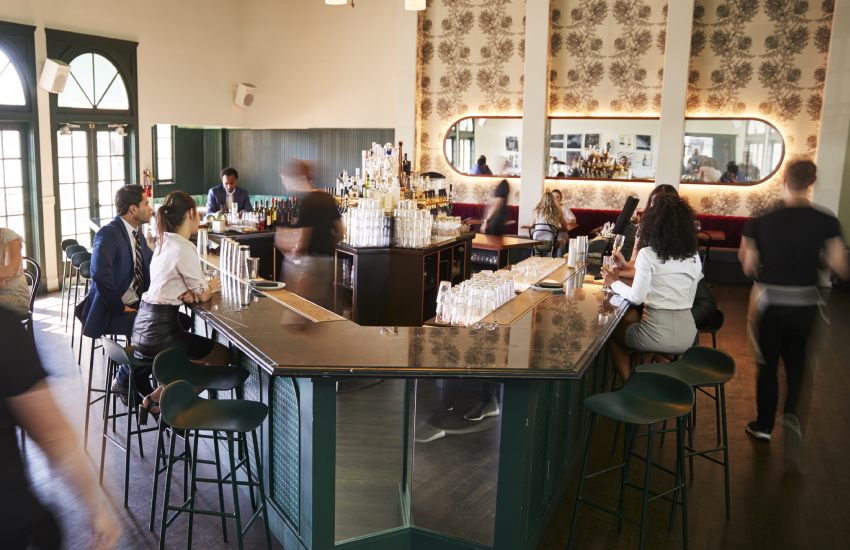Positive economic signs have emerged as Australia’s economy begins to recover from a year of lockdowns.
According to the latest figures released by Roy Morgan, unemployment was virtually unchanged in November 2021.
You’re out of free articles for this month
The firm’s estimates suggested that national unemployment grew by 10,000 to 1,330,000 in November, leaving the unemployment rate relatively stable at 9.2 per cent.
Meanwhile, underemployment fell 0.3 per cent to 8.3 per cent. All told, Roy Morgan data suggested that 2.5 million Australians are looking for work or looking for more work.
In contrast, the number of employed Australians in the workforce rose by 168,000 to 13,187,000.
Roy Morgan chief executive Michele Levine noted that although employment growth has been resurrected by the end of lockdowns in NSW, Victoria and the ACT, it remained below the levels seen prior to COVID-19 outbreaks in June.
“It is important to understand there have been several impacts of the pandemic that are still playing out in the Australian labour market,” she said.
Ms Levine called attention to the sustained increase in Australia’s workforce participation rate, which has risen from 67.1 per cent in February to 68.6 per cent in November 2021.
“The increased participation rate underlies the increases in both employment and unemployment compared to pre-pandemic,” she said, adding that there are now both more people employed and more people looking for work than in February 2020.
In addition, Ms Levine noted that the pandemic has had an impact on the way people work and what they’re looking for in a job.
“The increased flexibility available due to an increase in remote-working, and working-from-home, has helped many people find suitable jobs and the departure of many backpackers and international students has opened up many jobs for locals that weren’t available before,” she said.
Looking forward, Ms Levine expected that the reopening of both domestic and international borders would be a key milestone in the recovery of the Australian economy.
“These re-openings will provide a significant boost to the tourism industries in both states that have been hit hard by the pandemic and associated border closures,” she said.
Pointing to recent data collected by Roy Morgan in collaboration with UberMedia, Ms Levine noted that movement levels in Australia’s capital city CBDs remained below pre-pandemic averages.
“The return of people to Australia’s largest capital city CBDs is vital to re-invigorate the many businesses that are based in the CBDs and can provide a further boost to employment growth during the months ahead as Australia progresses to a ‘COVID-normal’ 2022,” she said.

 Login
Login






